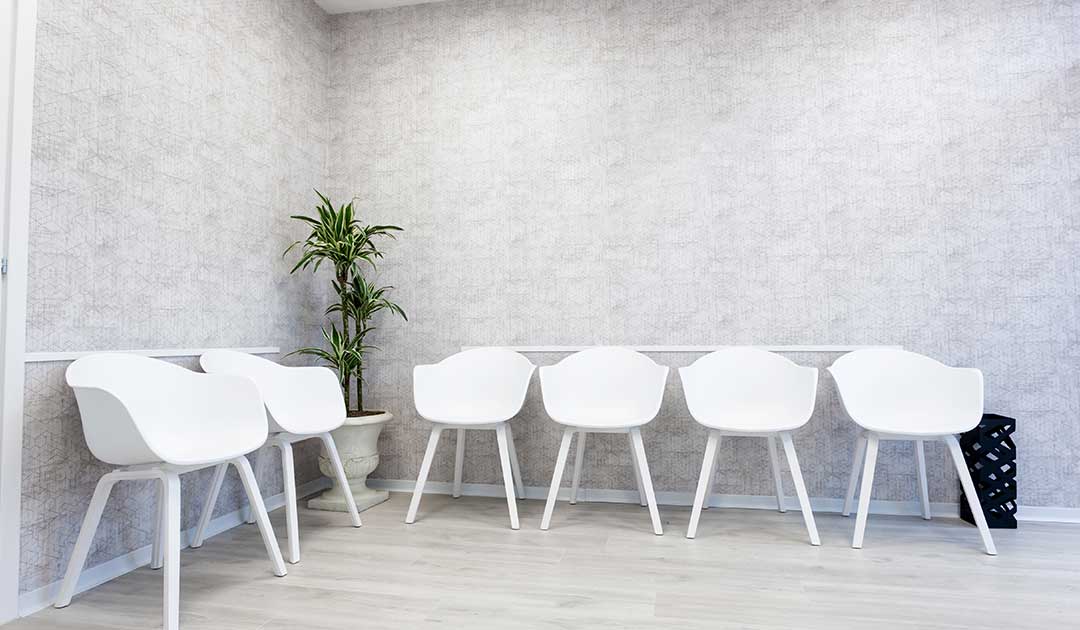6 Best Practices for Retail Center Design
Designing a successful retail center goes beyond aesthetics—it’s about creating an engaging, functional, and future-ready space that attracts customers and supports tenant success. Retail centers must evolve to meet changing consumer expectations.

Introduction: The Power of Smart Retail Center Design
A well-designed retail center is more than just a collection of stores—it’s a carefully planned environment that enhances customer experience, supports tenant success, and maximizes long-term profitability.
Retail centers, whether they are strip malls, shopping malls, or mixed-use developments, must balance functionality, aesthetics, sustainability, and technology to remain competitive in today's market.
In this guide, we’ll explore key best practices for designing retail centers that attract customers, optimize tenant performance, and adapt to future retail trends.
Retail Center Design Fundamentals
What is a Retail Center?
A retail center is a commercial development that houses multiple businesses, including retail stores, restaurants, and service providers. Common types include:
- Strip Malls: A row of stores with a shared parking lot and minimal interior walkways.
- Shopping Malls: Large indoor or outdoor retail complexes with anchor stores, entertainment areas, and food courts.
- Lifestyle Centers: Open-air retail spaces that blend shopping, dining, and entertainment.
- Mixed-Use Developments: Retail spaces combined with residential, office, or hotel properties.
Key Elements of a Successful Retail Design
For a retail center to thrive, it must incorporate:
✔ Strategic Location: Easy access, strong foot traffic, and an ideal customer base.
✔ Efficient Layout: Well-planned spaces that improve customer navigation and store visibility.
✔ Attractive Aesthetics: Clean, modern storefronts and cohesive architectural themes.
✔ Customer Experience Enhancements: Seating areas, gathering spaces, and entertainment features.
✔ Sustainability: Energy-efficient lighting, eco-friendly materials, and smart building technology.
6 Best Practices for Retail Center Design
1. Location & Site Selection
Choosing the right site is critical for long-term success. Consider:
- High-Traffic Locations: Close to major roads, residential areas, or transit stations.
- Market Research: Analyze local demographics and spending habits.
- Zoning & Regulations: Ensure compliance with building codes and retail ordinances.
Pro Tip: Mixed-use developments near offices, entertainment hubs, or residential areas attract built-in customer traffic.
2. Layout & Space Planning

An effective layout enhances shopper movement and maximizes business exposure.
✅ Pedestrian-Friendly Design: Clear walkways, intuitive navigation, and directional signage.
✅ Smart Parking Solutions: Adequate parking spaces, well-marked entrances, and accessibility for all.
✅ Strategic Tenant Placement:
- Anchor stores (supermarkets, department stores) draw foot traffic.
- Smaller retailers should be near high-traffic areas for visibility.
- Dining and entertainment venues should be spread out to extend visits.
3. Aesthetic & Branding Considerations

Retail centers must be visually appealing and create a distinct identity.
- Consistent Architectural Style: Cohesive design across storefronts and common areas.
- Landscaping & Outdoor Spaces: Greenery, fountains, and seating areas improve ambiance.
- Signage & Lighting: Well-lit signage and attractive storefronts enhance visibility.
4. Sustainability & Energy Efficiency
Sustainability isn’t just a trend—it’s a key factor in cost efficiency and tenant appeal.
♻ Energy-Efficient Lighting & HVAC Systems – Reduces operating costs.
♻ Solar Panels & Smart Energy Management – Lower environmental impact.
♻ Sustainable Materials & Green Roofs – Enhances aesthetic and eco-friendliness.
💡 Bonus: LEED-certified buildings attract eco-conscious tenants and increase property value.
5. Customer Experience & Engagement
Retail design should encourage visitors to stay longer and return frequently.
👥 Community Spaces: Outdoor plazas, seating zones, and event areas foster engagement.
🚶 Accessibility & Inclusivity: ADA-compliant design ensures a welcoming experience for all customers.
🎉 Experiential Features: Interactive kiosks, seasonal pop-ups, and entertainment spaces.
6. Technological Integration
Technology plays a crucial role in modernizing retail centers.
🔹 Digital Signage & Interactive Maps – Improve navigation and promote special offers.
🔹 Omnichannel Retail Support – Dedicated spaces for in-store pickup and online order fulfillment.
🔹 Smart Security Systems – AI-powered cameras, emergency response systems, and automated lighting.
Common Challenges in Retail Center Design
Even the best-planned projects face obstacles. Common challenges include:
🚧 Managing Multiple Stakeholders: Owners, tenants, city officials, and architects all have input.
💰 Budget Constraints: Balancing cost-effective solutions with high-quality design.
📏 Optimizing Space Utilization: Maximizing retail square footage without overcrowding.
📉 Market Changes: Adapting to shifts in consumer behavior and retail trends.
How to Overcome These Challenges:
✅ Modular & Flexible Design: Spaces can adapt to future needs.
✅ Market Research & Data Analysis: Helps predict foot traffic patterns.
✅ Investment in Scalable Technology: Supports long-term operational efficiency.
Conclusion & Key Takeaways
Retail center design is a complex but rewarding process that requires careful planning, execution, and adaptation to changing market conditions.
Quick Recap of Best Practices:
✔ Choose a high-traffic, accessible location.
✔ Optimize layout for customer flow and tenant success.
✔ Enhance aesthetics and branding to create a recognizable identity.
✔ Implement sustainable and energy-efficient solutions.
✔ Leverage technology to modernize the shopping experience.
✔ Design with flexibility to accommodate future retail trends.
Ready to Build a Thriving Retail Center?
At Keystone Design Build, we specialize in commercial construction projects that balance innovative design with practical functionality. Whether you’re planning a new retail center or a renovation, we offer expertise in design-build solutions, tenant fit-outs, and project management.
Schedule a free consultation today! Contact us at 320-339-9978 or visit Keystone Design Build for more details.







